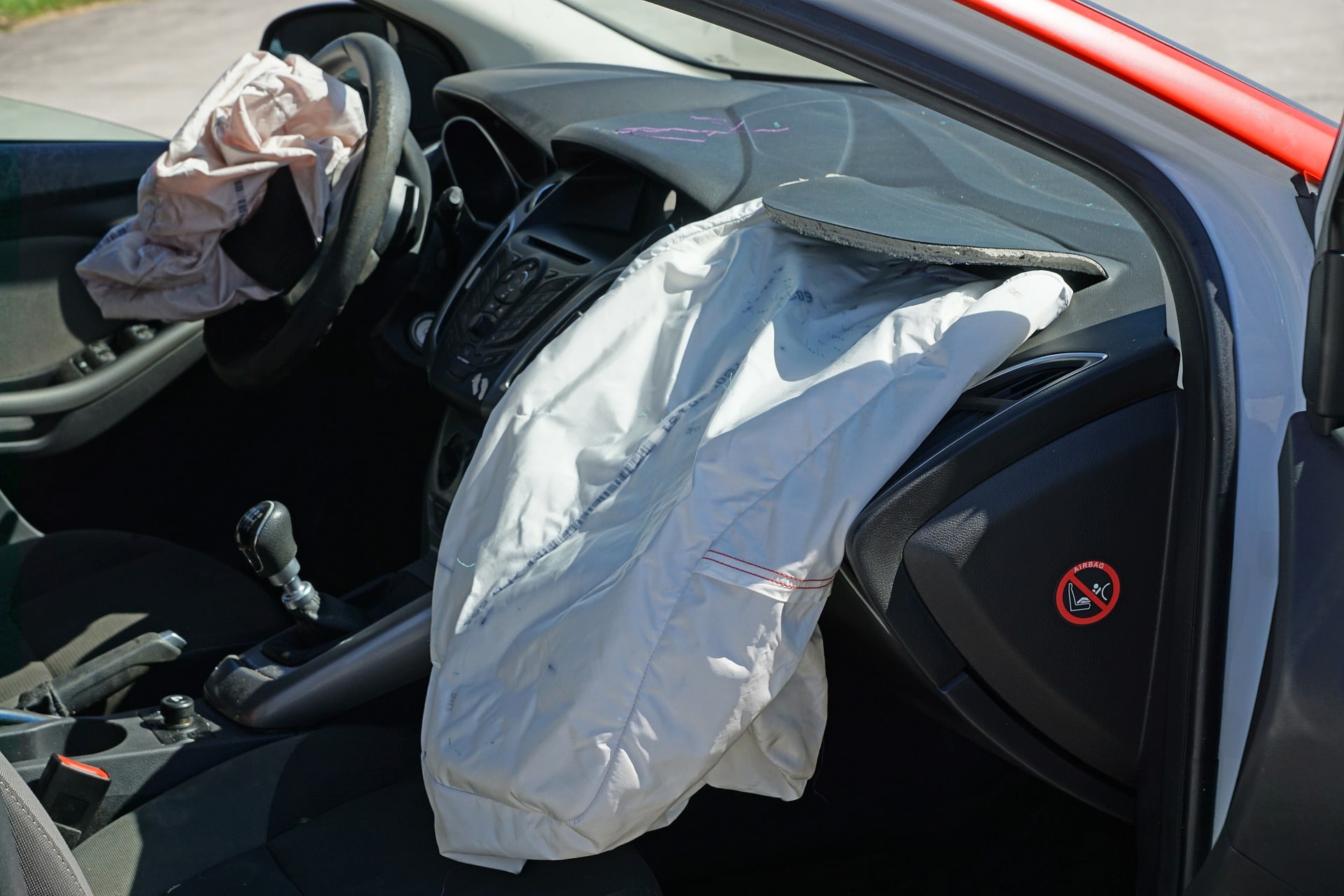Airbags are some of the most important car safety innovations of our time. Along with seatbelts, they’re responsible for saving countless lives from serious traffic accidents. With a functioning airbag system in place, drivers and passengers can rest assured that they are much safer in case an accident happens.
Airbags first appeared in the 1950s but weren’t considered a requirement for vehicles until 1998. They now are considered essential safety features in any car because they drastically dampen the impact caused by frontal collisions.
As the airbags absorb the impact, they limit the force that drivers and passengers experience when a car crashes. This consequently minimizes their risk of sustaining serious or even fatal injuries. Moreover, airbags also prevent drivers and passengers from flinging out of the vehicle as a result of a collision.
How Do Airbags Work?
When a car crashes, the collision will trigger sensors within the vehicle. The sensors will then send signals to activate the 3-point seatbelt system to prevent the drivers and passengers from being ejected from their seats. These sensors will also activate an electric circuit to detonate a mixture of compounds that release nitrogen gas. The nitrogen gas will then inflate the airbags and absorb the impact from the collision. These reactions all happen within a fraction of a second, making it possible for airbags to save lives the way they do.
What Happens to Airbags After an Accident?
In older airbag systems, it was possible for owners to reinstall their airbags by stuffing them back into the compartments. Although it was convenient, it also came with a serious risk—vehicle owners did not always reinstall it properly. As a result, the airbags may not be able to function properly in the event of another collision. This can lead to disastrous results.
More updated airbag systems now make use of a single-use airbag system. In this system, the chemicals responsible for inflating airbags cannot be used after the deployment of airbags. Vehicle owners therefore have to get their airbag module reset after it deploys.
Modern airbag systems now follow stringent regulations and more complex triggering algorithms. This is to ensure that they have the right amount of chemicals within the inflation module and prevent unnecessary deployment.
Why Should I Have My Airbag Modules Reset?
Even if the collision seems minor, you will need to have your airbag modules reset completely after they deploy. This is crucial because modern airbag systems have a single-use mechanism, and your airbag will not deploy again unless they’re prepared for use once again.
During an airbag module reset, the technicians will conduct an inspection of your airbag sensors and lights. They will also inspect the electrical components of your airbag system to ensure that everything is in working order. This will ensure that your airbag will deploy correctly in the event of an accident. An airbag module reset is necessary to have your safety systems as good as new.
To ensure that you are completely protected in the event of an accident, technicians will also check your seatbelt system thoroughly. They will also conduct repairs in case there are any damages because airbag and seatbelt systems are two of the most important safety components in a car.
Final Thoughts
Airbag systems are crucial life-saving components in your vehicle. They will protect you and your passengers from serious or fatal injuries, and it’s vital that they remain in perfect condition at all times. Once your airbag deploys, you need to have it reset by professionals as soon as possible. This may save your life one day!
If you’re looking for professional airbag reset services in Westfield, MA, Safety Restore can help. Our professionals provide the best post-accident restoration services, guaranteed to keep you and your vehicle safe. Contact us today!
